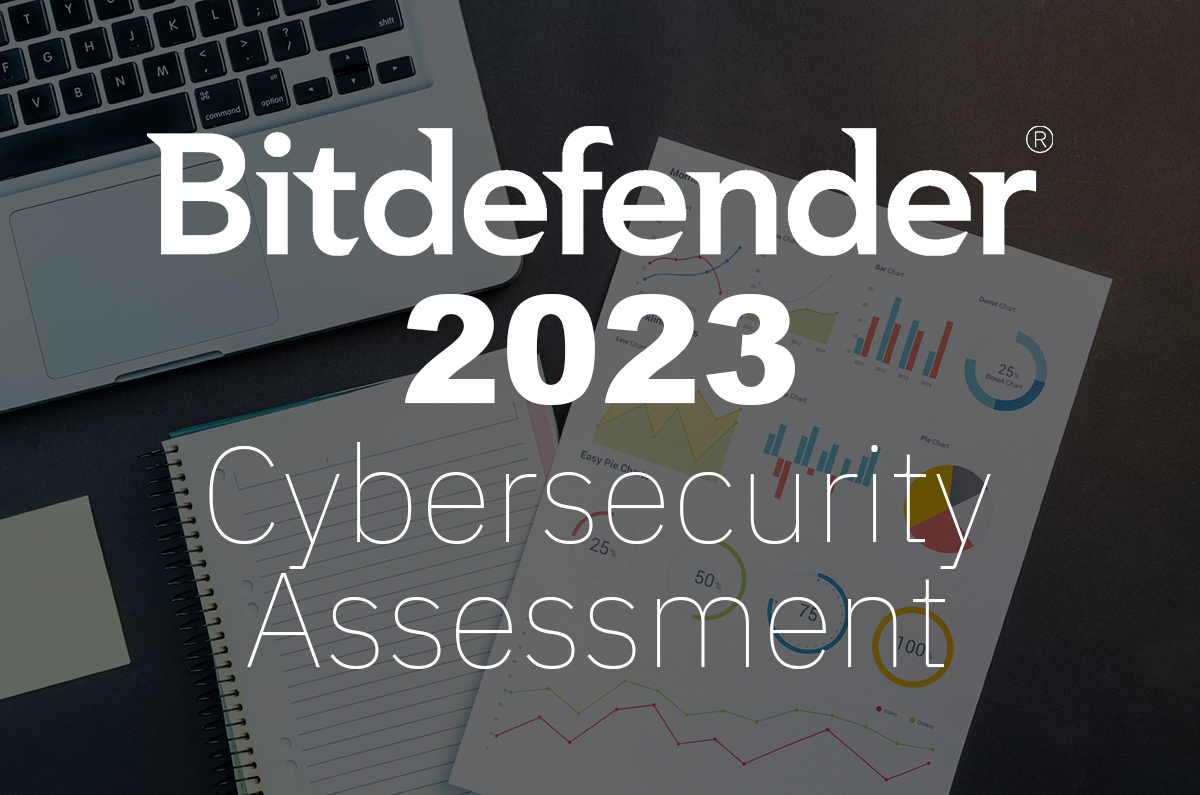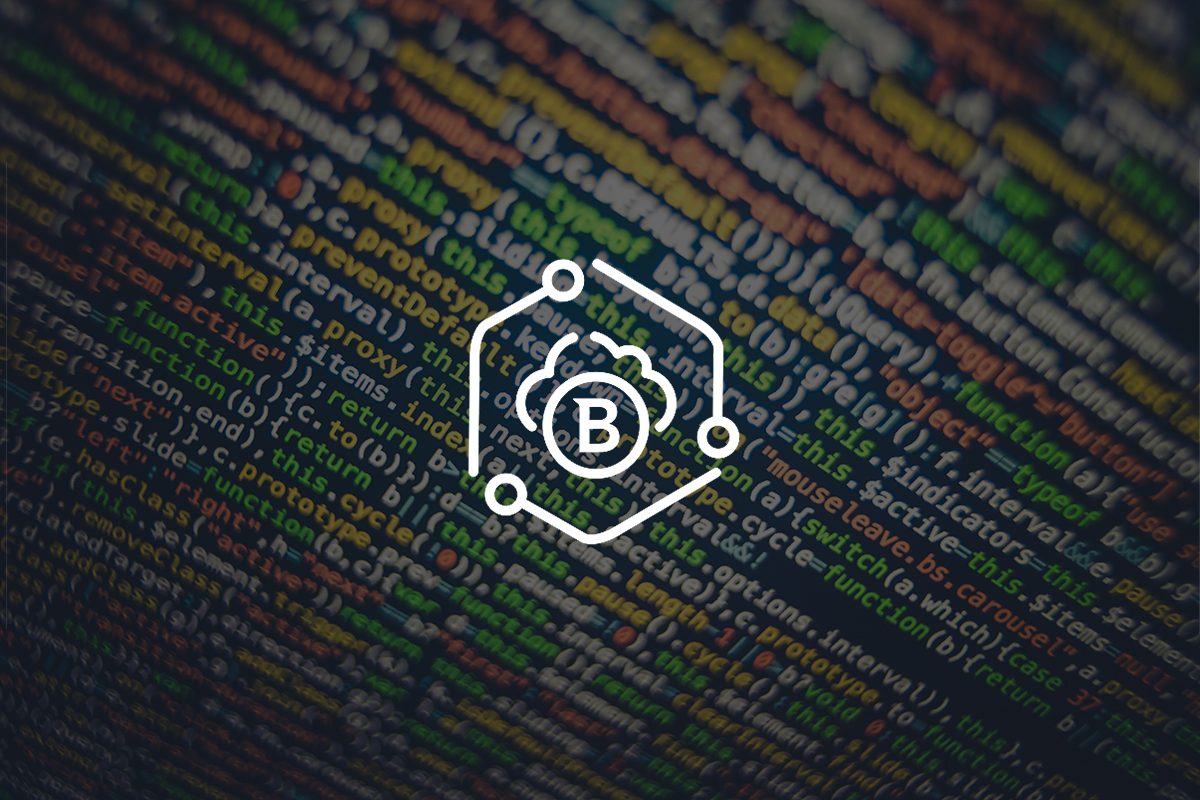Harnessing CSPM to Secure Expanding Attack Surfaces

It’s no secret that today’s attack surfaces are constantly changing. Critical business systems are moving to the cloud, spread out across multiple cloud service providers (CSPs) and data center environments. The Internet of Things (IoT) is powering data-driven innovations such as Industry 4.0 and making supply chains more lean, green, and agile. Not to mention, digital transformation and hybrid work have led to a proliferation of devices, web applications, Software as a Service (SaaS) platforms, and other third-party entities that need to connect to the corporate network.
This unprecedented rate of innovation and business growth is expanding attack surfaces at an unsustainable level — allowing threat actors to pick their targets from a growing list of vulnerable entry-points that provide limitless access to corporate networks.
As the way we work and interact with customers continues to evolve, organizations need a new cybersecurity strategy — buoyed by an approach that provides visibility across an evolving threat surface and the means to apply consistent controls regardless of the underlying infrastructure.
Expanding Horizons, Emerging Threats: Fortifying Attack Surfaces in a Multi-cloud Era
Cybersecurity’s core mission – protecting an organization’s digital assets – remains unchanged, whether addressing traditional data center architectures or navigating the complexities of today’s multi-cloud environments. This fundamental concept has not changed — whether we’re talking about traditional data center architecture or today’s multi-cloud environments. What has changed is the underlying infrastructure and how authorized entities gain access to an organization’s digital assets.
The number of entities attempting to connect to the network has exploded over the past several years — whether they are web apps, SaaS platforms, third-party web services, personal devices or IoT sensors. Securing these devices has grown unsustainable. Many are purpose-built smart devices such as a sensors or surveillance cameras with specialized software running on them. But, because of their architecture, security teams are unable to install additional security controls on them such as anti-virus or monitoring software.
In addition, the move of mission-critical business systems to the cloud — specifically multi-cloud environments — has added a level of complexity that makes it difficult to track security status and monitor for breach attempts. The whole point of the cloud is to make it easy for teams to spin up and configure infrastructure on demand. The problem is that this ease of use also makes it easier for threat actors to find vulnerabilities such as misconfigurations they can exploit to gain access to these environments.
Where Current Security Solutions Fall Short
Unfortunately, traditional cybersecurity solutions are ill equipped to deal with this evolving attack surface. They are still engineered for a world that is static where applications live in a hardened data center and a small number of users outside the network have a legitimate business reason for requesting access. As a result, they are unable to keep up with the growing complexity and flexibility of today’s computing environments. This allows threat actors to disguise their communication attempts as legitimate traffic, using evasive techniques to hide in plain sight among the growing volume of authorization requests that power business today.
For example, threat actors are constantly scanning cloud IPs to find misconfigurations, over-provisioned privileges, and outdated authentication policies, and virtually anyone can download a list of open S3 buckets or search GitHub for private API keys.
It doesn’t matter how robust your security stack has become. Security teams simply can’t keep up. The inherent open nature of business today makes it incredibly easy for threat actors to simply walk through the front door. Something must change.
Achieving Full-Spectrum Visibility Through Cloud Security Posture Management (CSPM)
Cloud Security Posture Management (CSPM) solutions can help organizations get a better handle on these evolving attack surfaces. It starts with gaining visibility across expanding threat surfaces, giving security teams the ability to identify and remediate cloud misconfigurations against business risk.
But not all CSPM solutions are created equal. Here are five things to consider when choosing a CSPM solution for your organization:
1. Provides Visibility into the Entire Digital Landscape
You can’t protect what you can’t see. Security teams need complete visibility into the attack surface—from on premises infrastructure and managed assets to multi-cloud environments, third-party web apps and decentralized end points. CSPMs offer comprehensive visibility into your cloud landscape, yet for optimal manageability, this visibility should seamlessly integrate with your entire digital footprint. Ideally, this means employing a unified platform that encompasses both cloud environments and all other digital assets, rather than focusing exclusively on one area.
2. Offers Comprehensive Security Standard Compliance
Identifying gaps in coverage are critical when planning to bring your posture up to the recommended standards. Are your settings properly configured? Do you have anti-malware installed on every end point? Is data being encrypted to the accepted standards? Your CSPM should allow you to follow basic cybersecurity guidelines outlined in frameworks published by the National Institute of Standards and Technology or other standards bodies. Then, once you have your bases covered, you can add more industry- or organization- specific guidelines and regulations that make sense for your individual situation.
3. Streamlines Identity and Privilege Management
Your CSPM solution should also provide insights into cloud identity and access management policies. Organizations leverage thousands of cloud services from file storage to load balancing, and it’s nearly impossible to know what entity is accessing what asset and why. The problem is that authentication has grown out of control. You could have active policies that are no longer in use. Privileged machine identities may have been forgotten. Human error can lead to misconfigurations, often in the form of temporary shortcuts that are never corrected. And many organizations leave default permission policies in the name of productivity, giving web services and other entities a lot more access than they require. Getting a better handle on access management across your sprawling attack surfaces goes a long way toward maintaining good cyber hygiene.
4. Scales Efficiency in Triage and Remediation Efforts
Securing an expanding threat surface is dependent on prioritization. An army of the best security analysts in the world can’t possibly keep up with today’s dynamic multi-cloud infrastructure. Machine scale is needed to cover all your bases and escalate the most critical vulnerabilities. Your CSPM solutions should greatly automate prioritization of issues and provide remediation recommendations that are highly automated but under human oversight. Prioritization should be focused on both risk and how disruptive a fix would be to business operations. Think of 10 quick, non-disruptive fixes of non-essential systems reducing the same amount of risk as an issue involving significant changes to a mission-critical system during peak hours. Humans should be in the loop to make these risk assessments in line with business objectives.
5. Simplifies Implementation
Finally, your CSPM solution needs to reduce complexity. You should be able to plug in your solution and immediately gain unparalleled visibility into your expanding attack surface. But visibility is only the first step. You need to know what to do once you get that visibility. Actionable insights allow you to remediate vulnerabilities that are most important to your organization, even when your security team’s expertise in cloud security is limited. Then you need to build a program that provides on-going coverage and can evolve your cybersecurity strategy with changes to underlying infrastructure. Most importantly, your cybersecurity strategy should be tailored to your organization and not unnecessarily impact existing processes.
Summary
Evolving attack surfaces are changing today’s threat landscape, giving malicious actors ample opportunity to find and exploit vulnerabilities in your security apparatus. Traditional security solutions are ill equipped to close these security gaps, making security teams rethink how they protect their organizations. CSPM solutions allow organizations to get a better handle on their expanding attack surfaces—providing visibility, hardening capabilities, risk assessment, automation, and simple implementation. Building a cybersecurity strategy that can keep up with today’s evolving attack surfaces allows you to continue to take advantage of the innovation and growth powering business today.
tags
Author

Raphaël Peyret is the Vice President of Product at Horangi Cyber Security, a Bitdefender company. He is an innovation enthusiast with an engineering and international background.
View all postsRight now Top posts
FOLLOW US ON SOCIAL MEDIA
SUBSCRIBE TO OUR NEWSLETTER
Don’t miss out on exclusive content and exciting announcements!
You might also like
Bookmarks










